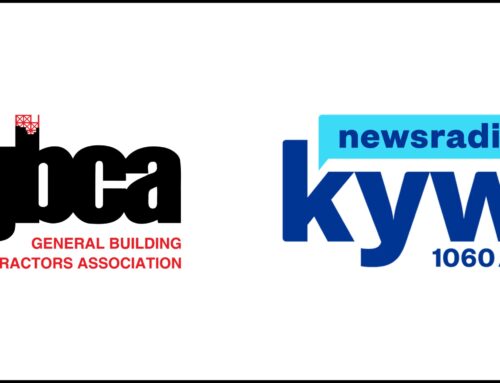LIFTbuild is changing how vertical building can take place, recently assembling a 16-story building in Detroit, MI, from the top-down. This modified pre-fabrication approach was applied to Exchange, a 207-ft-tall condo and apartment tower on a triangular, three-quarter-acre site in Detroit’s Greektown neighborhood and bordered by busy city streets, businesses, and Detroit’s elevated People Mover system, all of which limited potential tower crane usage. All deck assembly was done on the ground floor and then raised and assembled into the structure.
From ENR:
The structure is supported by two concrete cores that LIFTbuild Chief Operating Officer Joe Benvenuto calls “spines,” which were erected conventionally. The core walls are 10-12 in.-thick and house the stairwells and elevators. Every steel-framed floor deck of the high-rise is built on the ground using more than 75 tons of steel and 110 cu yds of concrete.
When each of the 500-ton, 11,000-sq-ft floorplates are ready to be lifted, they’re raised by eight strand jacks, with a capacity of about 200 tons apiece, staged on the ground with pulley systems at the top. The floor segments rise at a speed of about 20 ft to 30 ft per hour, connected to the strand jacks by a proprietary steel-frame rigging system built by Engineered Rigging that can be reused for subsequent floors. The floors are connected to the cores with a proprietary bolted connection once fully elevated.
“This is the third version of how we lock the floors into the core, and it’s gotten easier and faster and better each time,” says Tamaro, who also was the structural engineer on top-down projects in India. “It’s getting better because we have the contractor’s input each time to see what works and what’s a challenge.”
Photo credit: Barton Malow





